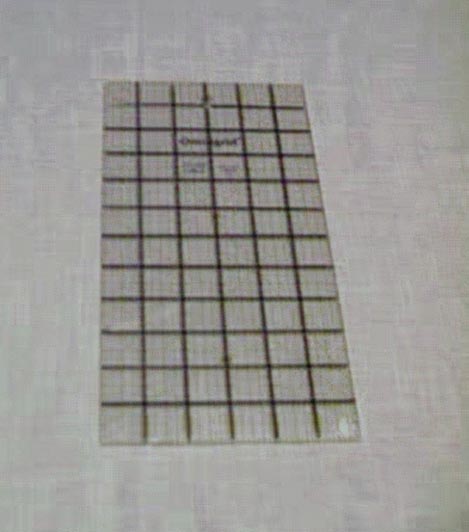|
Lesson
Three - Seeing Relationships

Actually, this facet of art was the very
first thing to stimulate an interest. Why? Because at an age of seven, my
father had already been introducing various art principles. When he
presented this to me as a drawing I was curious. I remember the drawing
well. There was a tree stump in the foreground. The road went back to a
house which was indeed, half the size of the tree stump. Behind the house
was a back ground of very tall mountains which were still smaller than the
tree stump. It all seemed so interesting. I remember thinking, "I
know the tree stump is not bigger than the house, or the mountain, but
since it is drawn this way the picture looks real."
If you will take your two hands and form a
cylinder or tube with them while looking through them with one eye at a
like object, you will see the difference in the size of things, close and
farther away. For instance, two like glasses on a table, looking at the
one close first, and then, the second farther away. It becomes clear how
perspective is working to make the closest glass larger looking.
Another trick to see perspective is one
that Durer used. This is simply the looking through a grid. For this I
purchased an omnigrid quilters use. It is marked off in inch squares on a
piece of clear acrylic. On the one I purchased there is sleeve covering of
another lighter plastic. I left this on since it is a strong heavy
plastic. On this I marked the lines with a black permanent marking pen.
This simply makes the lines heavier and easier to see. With this grid you
now can look through to the landscape, still life, or whatever you decide
to draw. Now you will be able to see the relationship and differing sizes
of the objects as they will go on the paper.
If you have ever wondered what the artist
is doing when he holds his thumb up, other than to make a joke, this is
it. He or she is studying the relationship and angles of objects to his
thumb. Actually a pencil is better. One holds it vertically. From this
vertical line you now can see the angles of the other lines as they
compare to the vertical pencil or your thumb. |
